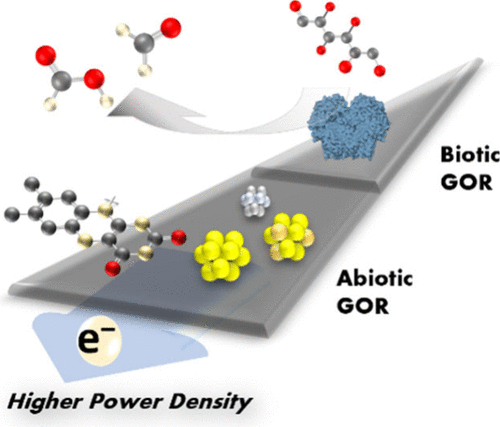**How Riboflavin and Glucose Might Energize Future Batteries**
An innovative strategy for home battery technology is taking cues from common breakfast ingredients, particularly vitamin B2 and glucose, to forge a more effective and eco-friendly energy storage option. Scientists at Pacific Northwest National Laboratory have created a vitamin-mediated glucose flow cell, presented in ACS Energy Letters, which rivals early metal-based systems in power capacity while employing plentiful and safe materials.
**Functionality of the Glucose Flow Cell**
Flow batteries contrast with conventional batteries by storing energy within liquid electrolytes that move through a cell. This prototype features an anolyte composed of glucose and riboflavin, while the cathode leverages potassium ferricyanide for tests or oxygen for more practical uses. Riboflavin serves as a mediator, akin to metabolic cofactors like FAD, efficiently transferring electrons from glucose to the electrode at room temperature and standard pressure.
**Efficiency and Benefits**
The advancement demonstrates significant potential. When oxygen is utilized at the cathode, the battery achieves a peak power density of 13 mW/cm², exceptionally 20 times more potent than comparable systems employing methyl viologen. Testing voltage levels reached between 1.0 and 1.2 V, underscoring glucose’s capacity to recharge the riboflavin mediator and provide a continuous electron flow at the anode. This mechanism allows riboflavin to shift between reduced and oxidized states, facilitating energy transfer without relying on scarce metals.
**Real-World Applications for Home Use**
For residential purposes, batteries must ensure safety, affordability, and scalability. The vitamin and glucose-based method satisfies these requirements. Although its energy density falls short compared to lithium-ion batteries, flow batteries present unique advantages; their capacity relies on tank size, while power hinges on cell area. Considering the economic and safe nature of glucose, this technology holds promise for sustainable home storage, utilizing carbon electrodes under normal conditions.
**Obstacles and Considerations**
The existing prototype shows that the oxygen variant falls short in comparison to ferricyanide regarding kinetics. Furthermore, riboflavin is light-sensitive, and harsh alkaline conditions might create dilemmas outside laboratory environments. Nonetheless, the research team proposes practical remedies, such as light shielding and fine-tuning the mediator’s concentration and rest durations, to enhance system stability and efficiency.
This groundbreaking battery design offers a vision of an eco-conscious and attainable future for energy storage, turning simple household sugar into a significant energy source.
[Read more: ACS Energy Letters](https://doi.org/10.1021/acsenergylett.5c02462)
